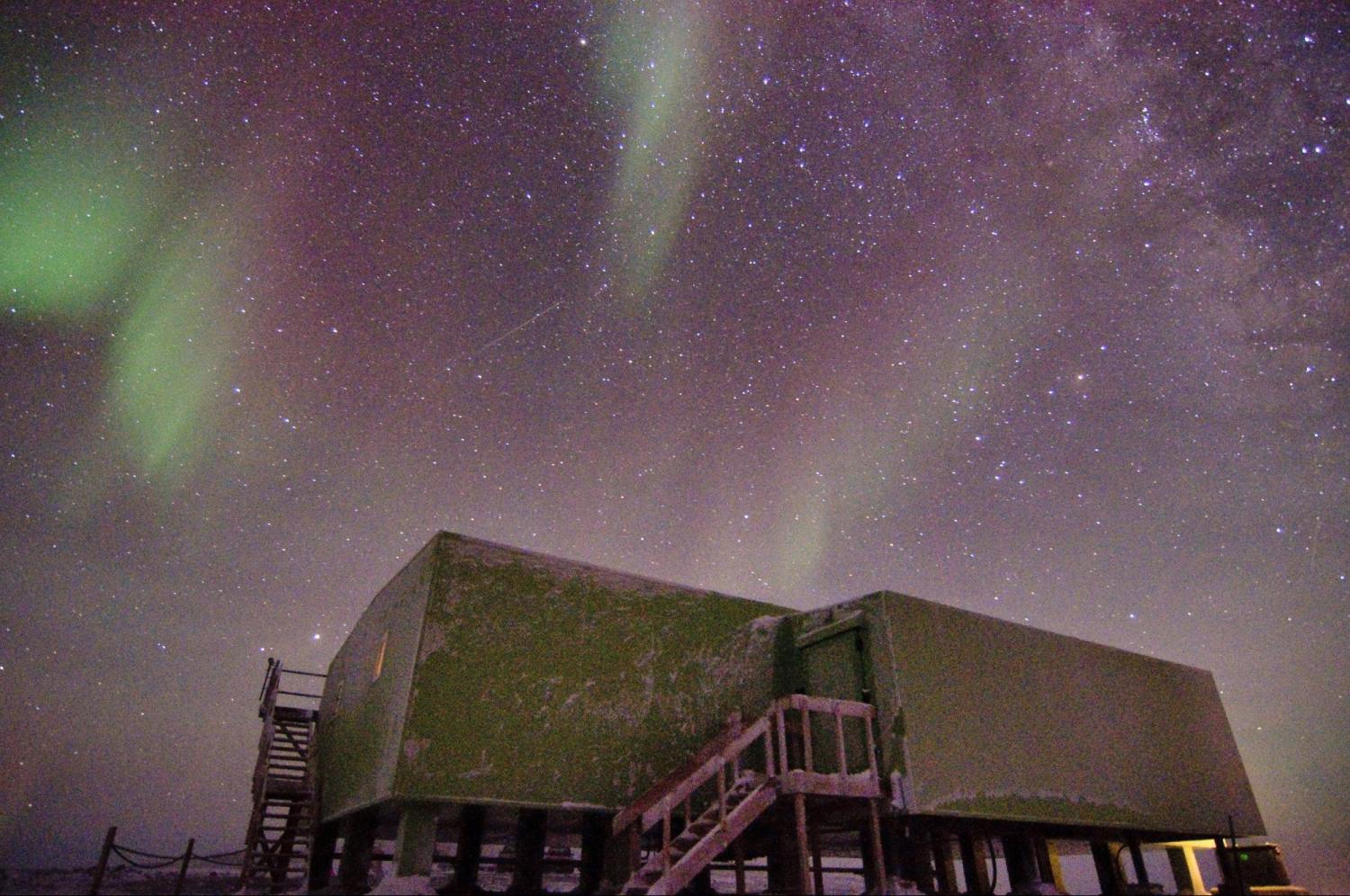New Clues to Origins of Mysterious Atmospheric Waves in Antarctica

CU Boulder team led by Xinzhao Chu finds link between gravity waves in the upper and lower Antarctic atmosphere, helping create a clearer picture of global air circulation.
Two years after a CIRES and CU Boulder team discovered a previously unknown class of waves rippling continuously through the upper Antarctic atmosphere, they’ve uncovered tantalizing clues to the waves’ origins. The interdisciplinary science team’s work to understand the formation of “persistent gravity waves” promises to help researchers better understand connections between the layers of Earth’s atmosphere—helping form a more complete understanding of air circulation around the world.
"A big picture of Antarctic gravity waves from the surface all the way to the thermosphere is emerging from the studies, which may help advance global atmospheric models,” said CIRES Fellow and CU Boulder Professor of Aerospace Engineering Sciences Xinzhao Chu, lead author of the new study published in the Journal of Geophysical Research - Atmospheres. “The new understanding results from a series of journal publications, based on multiple years of lidar observations, many made by winter-over students, from Arrival Heights near McMurdo Station in Antarctica.”

